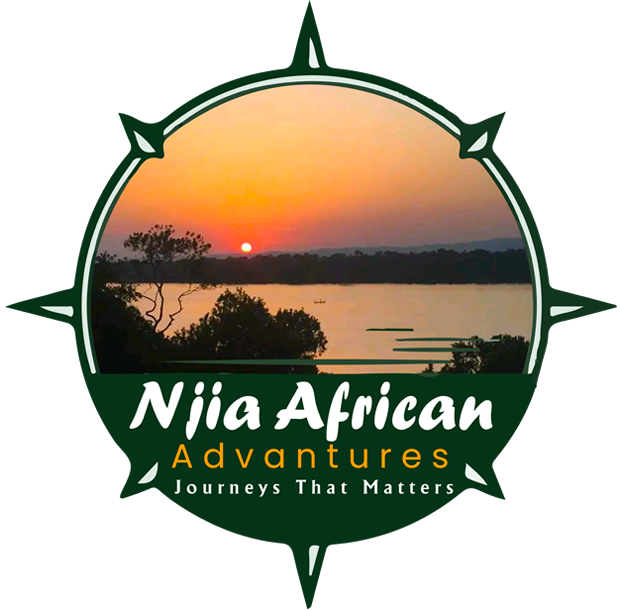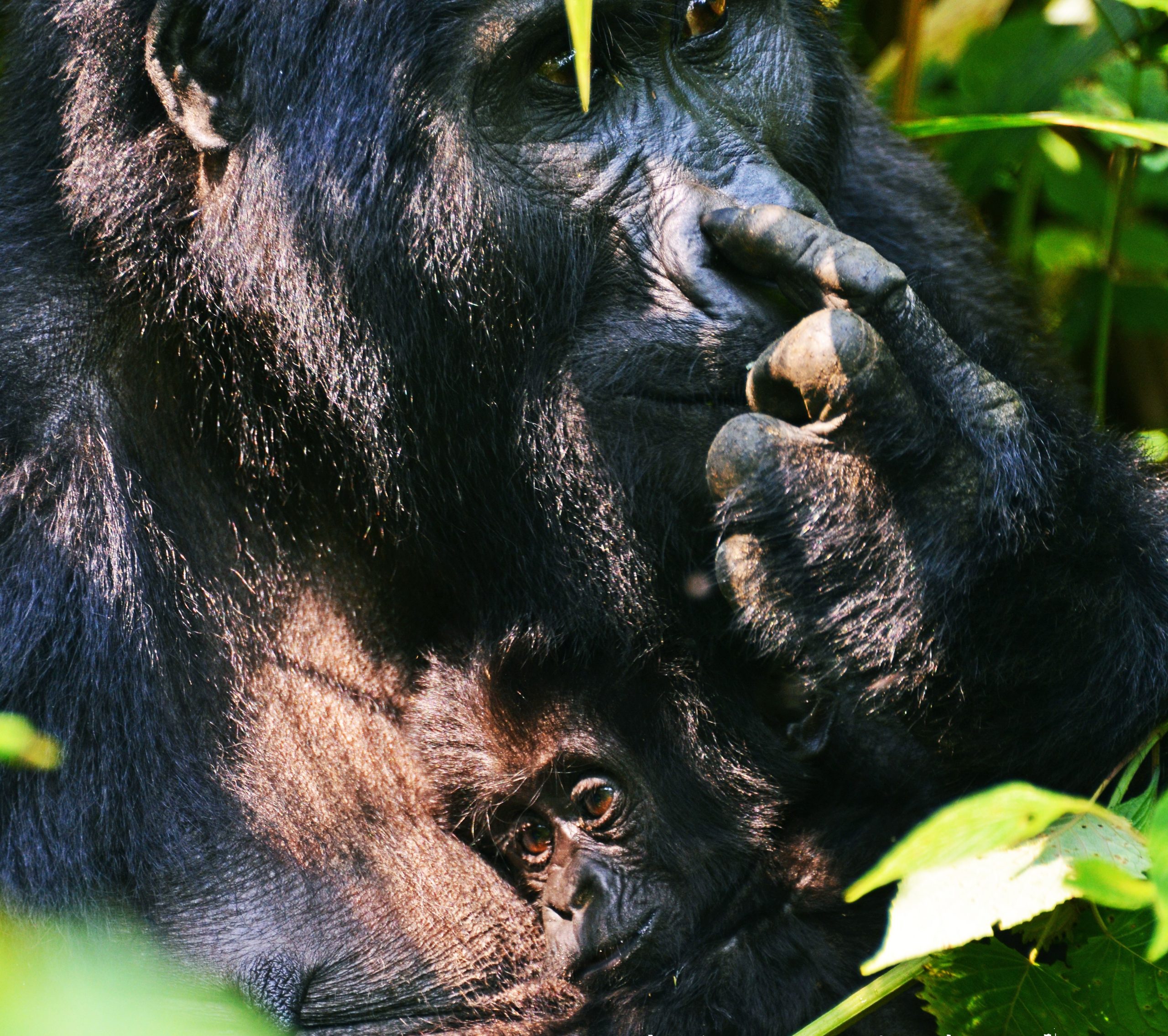Frequently asked questions about Gorilla trekking
Frequently asked questions about Gorilla trekking, When it comes to gorilla trekking, determining the “best” country depends on various factors, including accessibility, cost, permit availability, conservation efforts, and overall experience. Here are insights into gorilla trekking in Rwanda, Uganda, and the Democratic Republic of Congo (DRC), addressing frequently asked questions to help travelers make informed decisions:
-
What is gorilla trekking?
- Gorilla trekking is an adventure activity that involves hiking through dense forests to observe and interact with wild mountain gorillas in their natural habitat.
-
Where can I go gorilla trekking?
- Gorilla trekking primarily conducted in three countries: Uganda, Rwanda, and the Democratic Republic of the Congo (DRC). The most popular destinations are Bwindi Impenetrable National Park and Mgahinga Gorilla National Park in Uganda, Volcanoes National Park in Rwanda, and Virunga National Park in the DRC.
-
How do I obtain a gorilla trekking permit?
- Gorilla trekking permits are issued by the respective national parks or government authorities in each country. Permits must be purchased in advance and are typically limited in number due to conservation efforts. It’s advisable to book permits well in advance, especially during peak seasons.
-
How much does a gorilla trekking permit cost?
- The cost of gorilla trekking permits varies depending on the country and specific national park. In general, permits range from $600 to $1500 per person, with Rwanda typically having higher permit fees compared to Uganda and the DRC.
-
Is gorilla trekking safe?
- Gorilla trekking is generally considered safe when conducted under the guidance of experienced guides and trackers, and with adherence to established safety protocols. However, like any outdoor activity involving wildlife and rugged terrain, there are inherent risks involved.
-
How physically demanding is gorilla trekking?
- Gorilla trekking can be physically demanding, as it often involves hiking through dense forests and steep terrain. The difficulty of the trek can vary depending on the location of the gorilla families and the weather conditions. It’s essential to be reasonably fit and prepared for the trek.
-
How long does a gorilla trekking experience last?
- The duration of a gorilla trekking experience can vary, but it typically lasts between 2 to 8 hours, including the time spent hiking to and from the gorilla families’ location, as well as the one hour allotted for observing and photographing the gorillas.
-
What should I wear and bring for gorilla trekking?
- Recommended clothing includes long-sleeved shirts, long trousers, sturdy hiking boots, and a rain jacket or poncho. Other essential items to bring include a hat, sunscreen, insect repellent, plenty of water, snacks, and a camera with no flash.
-
Are there any age restrictions for gorilla trekking?
- While there are generally no strict age restrictions for gorilla trekking, it’s recommended that participants be at least 15 to 18 years old due to the physical demands of the activity. Additionally, individuals with pre-existing health conditions should consult with a physician before participating.
-
How can I maximize my chances of seeing gorillas during the trek?
- To maximize your chances of seeing gorillas during the trek, it’s essential to book permits in advance, follow the instructions of your guides and trackers, and be patient and respectful while observing the gorillas. Additionally, choosing the right time of year to visit and selecting a location with a higher concentration of gorilla families can increase your chances of a successful encounter.
-
Can I guarantee seeing gorillas during my trek?
- While sightings of gorillas are highly likely during gorilla trekking, they are wild animals, and their movements can be unpredictable. However, the guides and trackers are skilled at locating gorilla families, and the success rate for sightings is generally very high.
-
How close can I get to the gorillas?
- Visitors are required to maintain a minimum distance of 7 meters (about 23 feet) from the gorillas at all times. This distance helps minimize stress to the gorillas and reduces the risk of disease transmission between humans and gorillas. However, gorillas may approach visitors out of curiosity, and it’s essential to remain calm and follow the guides’ instructions.
-
Are there any restrictions on photography during the trek?
- Flash photography is not allowed during gorilla trekking, as it can startle or disturb the gorillas. Visitors are encouraged to use cameras with no flash or to disable the flash function before the trek. Additionally, tripods and selfie sticks are not permitted.
-
What should I do if a gorilla charges at me?
- Gorillas rarely charge at humans, but if one does, it’s crucial to remain calm and follow the guides’ instructions. Avoid making sudden movements or loud noises, and crouch down slowly to appear less threatening. Most charges are bluff charges, and the gorilla will likely retreat once it feels the perceived threat has passed.
-
Can I go gorilla trekking if I have a cold or other illness?
- Visitors who are sick or experiencing contagious diseases are not allowed to participate in gorilla trekking to minimize the risk of disease transmission between humans and gorillas. If you’re feeling unwell on the day of your trek, it’s essential to inform your guides and seek medical advice.
-
What happens if I can’t keep up with the pace of the trek?
- Gorilla trekking can be physically demanding, but the pace is usually adjusted to accommodate the fitness level of the group. If you’re struggling to keep up, inform your guides, and they will assist you accordingly. In some cases, an alternative route may be taken to reach the gorilla family.
-
Can I touch or feed the gorillas during the trek?
- Visitors are not allowed to touch or feed the gorillas during the trek. It’s essential to respect the gorillas’ space and natural behavior to minimize disturbance and maintain their wildness.
-
How does gorilla trekking contribute to conservation?
- Gorilla trekking permits fees contribute to the conservation of gorillas and their habitats, funding anti-poaching efforts, habitat protection, community development projects, and research initiatives. By participating in gorilla trekking, visitors directly support the conservation of these endangered animals and their ecosystems.
-
What is the best time of year to go gorilla trekking?
- Gorilla trekking is possible year-round, but the best time to go depends on personal preferences and weather conditions. The dry seasons (from June to September and from December to February) are generally considered ideal for trekking due to the drier weather and clearer skies. However, gorilla trekking can still be enjoyed during the rainy seasons, and the landscape tends to be lush and green.
-
How many people are allowed to trek with a gorilla family?
- Each gorilla trekking group is typically limited to a maximum of eight visitors, along with guides and trackers. This small group size helps minimize disturbance to the gorillas and provides a more intimate and enjoyable experience for participants.
-
What should I do if I encounter other wildlife during the trek?
- In addition to gorillas, trekkers may encounter other wildlife, such as chimpanzees, monkeys, and various bird species, during their trek. It’s essential to remain calm and follow the guides’ instructions. Avoid approaching or disturbing other wildlife, and maintain a safe distance to ensure your safety and the well-being of the animals.
-
Can I go gorilla trekking if I have mobility issues?
- Gorilla trekking can be physically demanding, involving hiking over uneven terrain and steep slopes. However, accommodations can often be made for individuals with mobility issues. It’s essential to inform your tour operator or guides in advance. So that they can make appropriate arrangements to accommodate your needs.
-
What is the one-hour rule for gorilla trekking?
- Once gorillas are located, visitors are allowed a maximum of one hour to observe and photograph them. This limited time helps minimize the impact of human presence on the gorillas. And ensures that they are not unduly stressed by prolonged interactions with humans.
-
Is gorilla trekking suitable for children?
- While there are generally no strict age restrictions for gorilla trekking, it’s recommended that participants be at least 15 to 18 years old due to the physical demands of the activity. However, some families may choose to bring children on gorilla treks, and accommodations can often be made for younger participants.
-
What should I do to prepare for gorilla trekking?
- Preparation for gorilla trekking includes ensuring you have the necessary permits, booking accommodations in advance, packing appropriate clothing and gear, and consulting with a healthcare provider about any health concerns. It’s also essential to familiarize yourself with the rules and regulations of gorilla trekking to ensure a safe and enjoyable experience.
These additional frequently asked questions provide further insights into the logistics, preparations, and considerations involved in planning a gorilla trekking adventure with Njia African Adventures.

